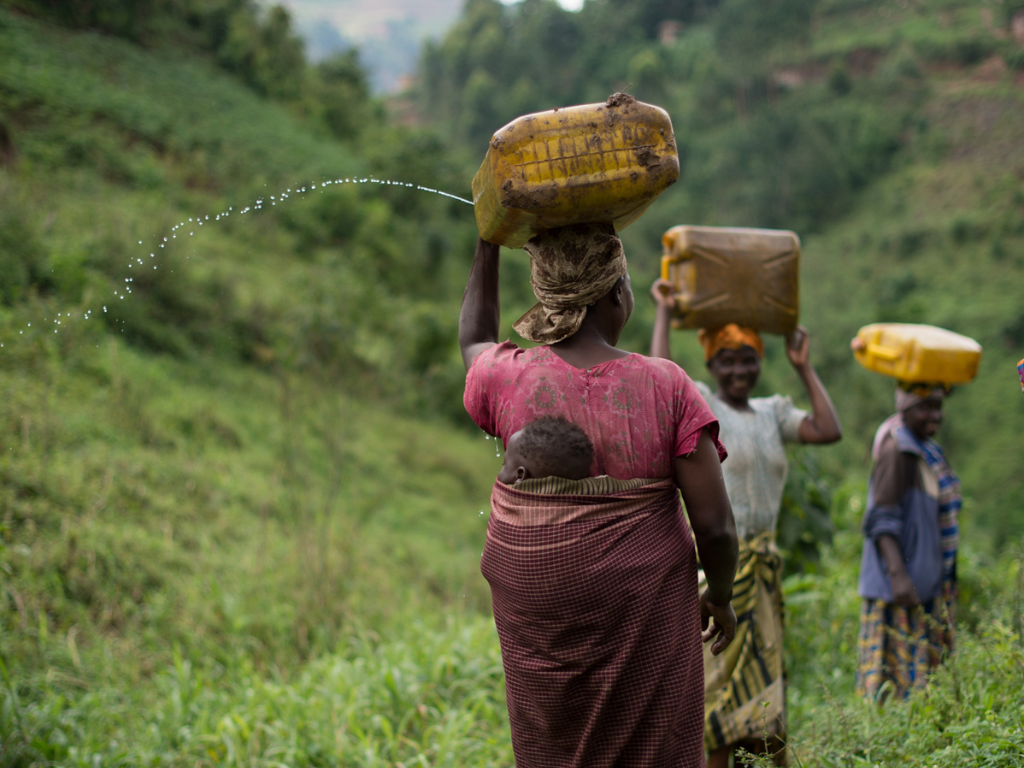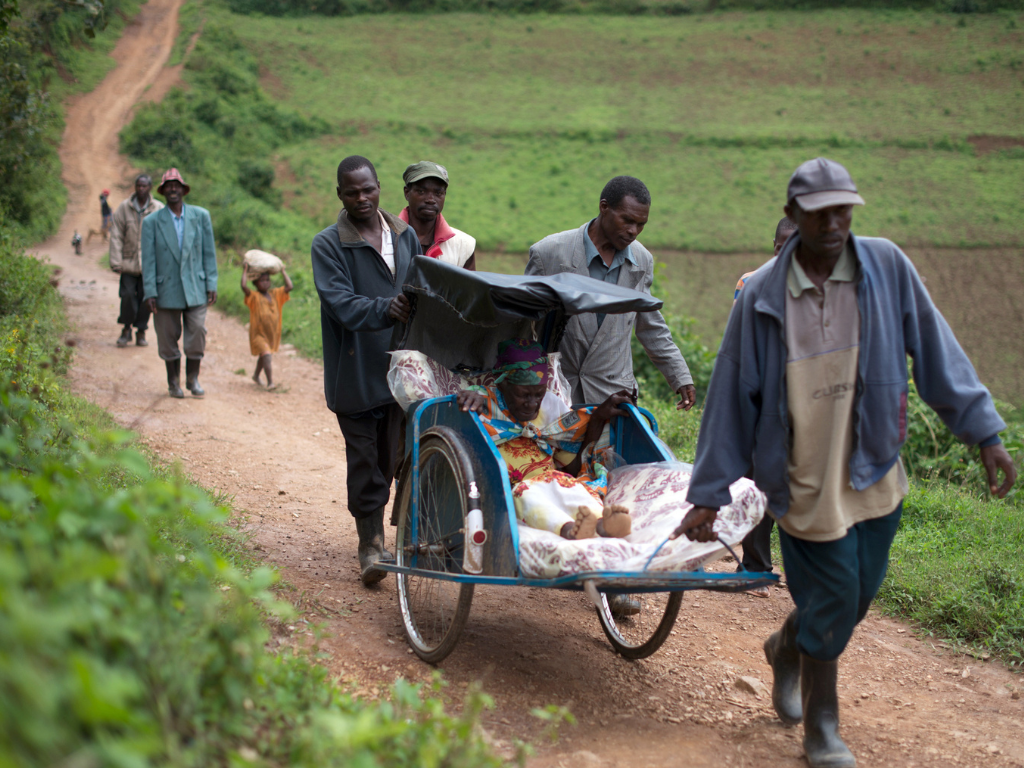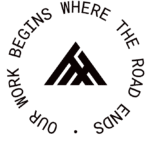Throwback to Our Beginnings

Our story began with a simple question, how do we tackle ultra-poverty sustainably? And thus began the journey of an experiment that would snowball from a few last-mile villages to reaching a population of 1 million across Uganda. After years of running pilots, we rolled out some initiatives at the village level in 2011/2012. The results and learnings from those initiatives helped us refine our methodology into our holistic programs at the cluster level (group of villages) in 2016. The inspirational stories of communities we have worked with over those early years are an integral part of our story and have been instrumental in making us who we are today.
Here are some of those stories from the time we were just getting started.

Kanyamahene
The village of Kanyamahene is nestled in the Bwindi Impenetrable Forest. Perched on steep hillsides, the community’s isolation had augmented its struggle with extreme poverty. Located 15 km from the nearest hospital, poor access to healthcare resulted in some of the highest birth-related mortality rates in the country. Due to water contamination and steep terrain, women spent 4-6 hours collecting water daily. Climate change and forest elephant raids threatened food security, while opportunities for income generation were non-existent.
Raising The Village was invited to begin working with Kanyamahene in 2011. During the project’s first year, we supported establishing a community-operated bicycle ambulance program and agriculture cooperative, provided agricultural training and launched a beehive fence pilot project. These fences prevented elephants from entering fields and provided a source of honey to community members.
In 2016, when our holistic model had taken shape, we returned to the region to roll out our programs in six neighbouring villages. Our improved model focussed on removing scarcity barriers such as access to water and health, introducing income-generating activities through agriculture and financial literacy, and ensuring sustainability through a community-led approach. Based on community needs prioritization, we also rolled out an extensive Beehive Fence project across the cluster.

Murole
Murole is perched on steep mountain faces in Kisoro District. Without a road, Murole was completely isolated from neighbouring villages and trading centres. The closest reliable water source, healthcare facility and school were an 8 km trek away.
With unprotected streams as the source of water for the villagers, there was a high incidence of waterborne illnesses. Due to extreme poverty, they would have to wait until they were severely ill to seek medical attention; they kept their children at home until the age of 10 when they were old enough to walk to school. In addition, mountain gorilla raids, climate change and exhausted soils severely threatened food security for these subsistence farmers. The detrimental effects of these factors were evident, with the the average household income in Murole at 10 cents/day.
In 2012, Raising The Village partnered with the village with several interventions, including providing agricultural inputs and training, establishing a livestock cooperative and improving access to water and healthcare.

Bitongo
The village of Bitongo is located at the foot of Mt. Muhavura near the borders of Rwanda and the Democratic Republic of Congo. Known as the ‘abandoned place’ in the local language, the village is 15 km away from the nearest town by often impassable roads. Before Raising The Village’s partnership with the community, the average household income was 40 cents/day. Growing conditions were poor, and the village women were forced to travel over 30 km daily to collect enough water for their families.
Upon partnering with Bitongo in 2012, Raising The Village found a motivated and positive community with strong leadership. Priorities identified by the community included access to clean water, crop yield improvement, women empowerment, and increased household income. In the first year, the community came together to purchase a plot of land and source materials to construct a Rainwater Harvesting System which would provide a reliable, local water source during the dry season. Other initiatives to improve quality of life and livelihood diversification included Water and Hygiene Sanitation (WASH) training, agriculture training, seeding programs and a goat cooperative.
Be part of our journey. Support last-mile communities by supporting Raising The Village.
Let’s Stay Connected

